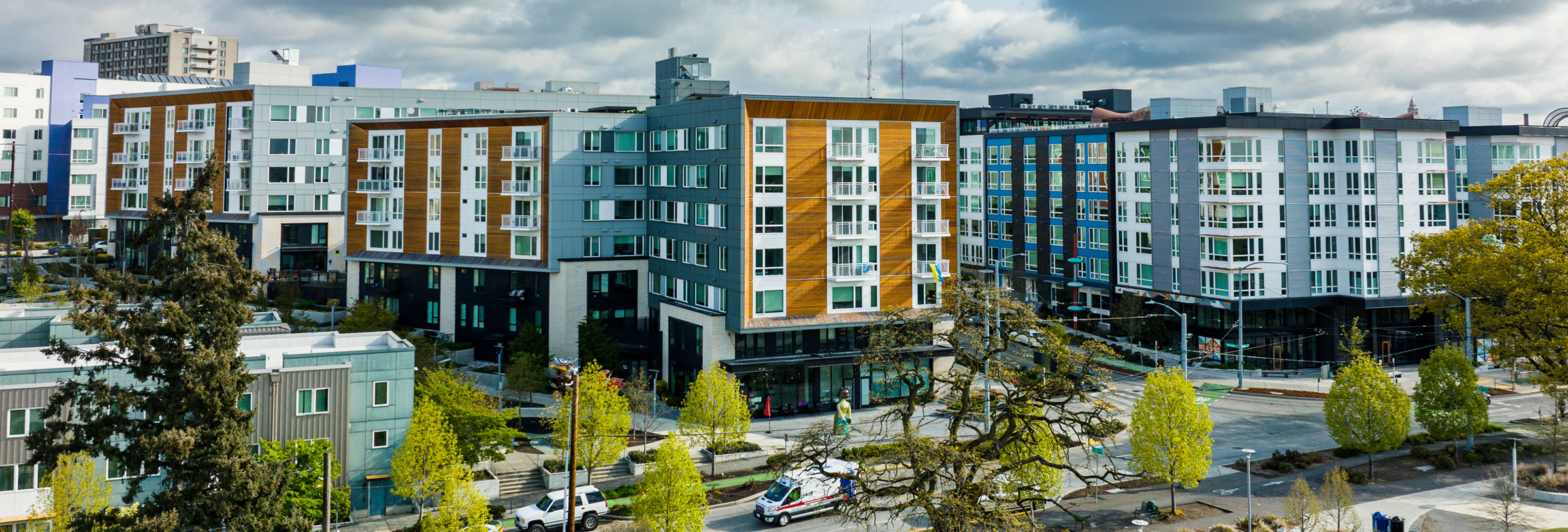Housing Bill to Allow Multifamily Development on Commercially-Zoned Sites Now in Effect
On July 1, 2023, Senate Bill (SB) 6 (Caballero) – also known as the Middle Class Housing Act of 2022 – went into effect. Under the bill, if a project site is currently zoned for commercial retail or parking use, a developer can utilize SB 6 to develop a qualifying multifamily project instead without a rezoning.
Although rezoning is not required for projects under SB 6, the project must still comply with all other local zoning code requirements (e.g., parking, design, impact fees and other objective requirements) that are applicable to the nearest parcel that allows for residential projects of the same density as the SB 6-elligible project.
SB 6 applies to residential or mixed-use projects that are at least 50% residential and located on parcels no larger than 20 acres, and does not require the project to contain any affordable units. In addition, the project must be located within a city containing some portion of an urbanized area, as defined by the U.S. Census Bureau, or if the project is located in an unincorporated area, it must be wholly located within the boundaries of an urbanized area. A project’s density requirement under SB 6 depends on its location, with most locations requiring at least 30 units per acre if sited in a jurisdiction within a metropolitan county and 20 units per acre if sited within a suburban jurisdiction.
The bill is a counterpart to AB 2011, also effective July 1, 2023, that creates a streamlined CEQA-exempt ministerial approval pathway for multifamily housing development on commercially-zoned sites. Unlike AB 2011, SB 6 does not provide any CEQA exemptions or permit streamlining, but a developer may utilize SB 6 in conjunction with other streamlining statutes like SB 35 that provides permit streamlining for qualifying multifamily projects with certain minimum affordable housing guarantees. In addition, a developer may be able to further increase an SB 6-project’s density by taking advantage of California’s density bonus law. (Gov. Code, §§ 65915-65918.)
One tradeoff to using SB 6 is the requirement that the developer must pay prevailing wages and utilize a “skilled and trained” workforce. Payment of prevailing, skilled and trained labor rates significantly increase housing construction costs, which in turn increase sales prices for homes developed pursuant to such requirements.
SB 6 does permit local jurisdictions to proactively exempt the use of SB 6 on certain parcels by downzoning SB 6-eligible parcels as long as the jurisdiction makes written findings that the downzoning will result in a no-net-loss of housing. Based on language in other California housing bills, the no-net-loss proviso is likely measured against the overall housing within the entire jurisdiction. However, the legislature failed to provide much clarity on this point.
Some cities have passed resolutions trying to use the bill’s vaguely drafted no-net-loss proviso to assert a city-wide exemption from SB 6. For example, one resolution asserts that because the city has a certified housing element meeting the state-mandated housing requirements, exempting the entire city from SB 6 will not result in a loss of residential development. Such resolutions have drawn attention from the State (the California Department of Housing and Community Development and Attorney General) and may result in subsequent legislation clarifying the language in SB 6.
